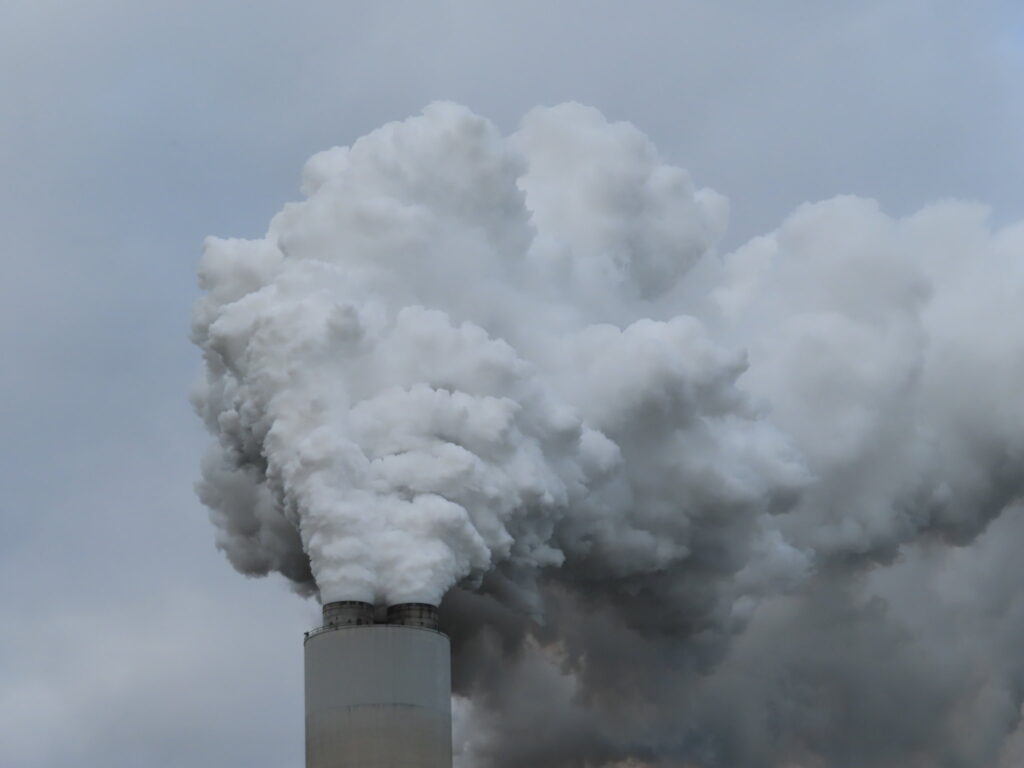
Air pollution is a serious health threat. It is associated with asthma and can lead to chronic disease, cancer, and premature death. Globally, air pollution kills 7 to 9 million people, and 200,000 Americans die from it each year.
There are multiple sources of air pollution including automobiles, power plants, and other industrial activities. Exposure to pollutants such as nitrogen oxide, sulfur dioxide, and particulate matter does not require living or working near their sources. Winds can carry pollution great distances including across state lines.
The Clean Air Act included the EPA’s “Good Neighbor Plan”, which requires “upwind” states to implement plans to reduce emissions from power plants and other industrial sources. However, three states – Indiana, Ohio, and West Virginia – along with various industrial companies and trade organizations sued the EPA when it tried to enforce these plans. A recent Supreme Court decision to block a federal rule curbing interstate air pollution further complicates efforts to reduce emissions.
As a result, there is a disproportionate burden on downwind states. They face major challenges in demonstrating and attributing air pollution to sources across state lines and pursuing legal actions to get the EPA to address their problems.
A recent study by the University of Notre Dame looking at all the complex issues related to interstate pollution underscored how the regulatory system continues to be hamstrung when attempting to address a serious threat to human health and the environment.
**********
Web Links
Downwind states face disproportionate burden of air pollution
Photo, posted February 19, 2021, courtesy of David Wilson via Flickr.
Earth Wise is a production of WAMC Northeast Public Radio
Leave a Reply